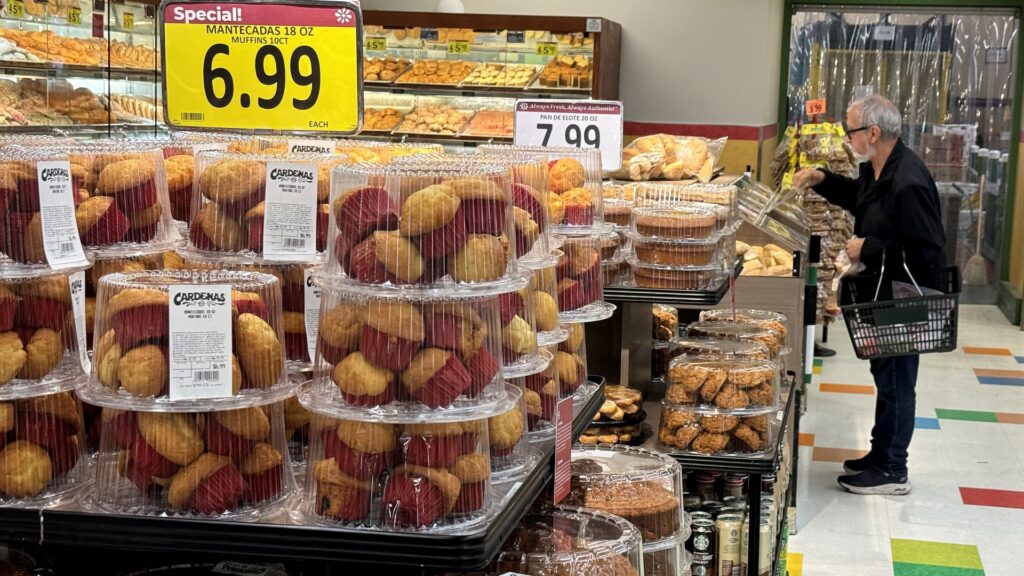A customer shops for food at a grocery store on March 12, 2024 in San Rafael, California.
Justin Sullivan | Getty Images News | Getty Images
Wholesale prices accelerated at a faster than expected pace in February, another reminder that inflation remains a troublesome issue for the U.S. economy.
The producer price index, which measures pipeline costs for raw, intermediate and finished goods, jumped 0.6% on the month, the Labor Department’s Bureau of Labor Statistics reported Thursday. That was higher than the 0.3% forecast from Dow Jones and comes after a 0.3% increase in January.
Excluding food and energy, core PPI accelerated by 0.3%, compared to the estimate for a 0.2% increase. Another measure that also excludes trade services increased 0.4%, compared to the 0.6% gain in January.
On a year-over-year basis, the headline index increased 1.6%, the biggest move since September 2023.
A busy morning for economic data also showed that retail sales rebounded, up 0.6% on the month according to Commerce Department data that is adjusted seasonally but not for inflation. The increase helped reverse a downwardly revised 1.1% slump in January but was still below the estimate for a 0.8% increase.
Also, initial filings for unemployment insurance nudged lower to 209,000 last week, a decrease of 1,000 and below the estimate for 218,000, the Labor Department reported.
The market focused on the PPI release, which comes two days after the consumer price index, which measures what consumers pay in the marketplace, showed that inflation was slightly higher than anticipated on a year-over-year basis.
PPI is considered a leading indicator for inflation as it indicates costs early in the supply chain.
The BLS reported that about two-thirds of the rise in headline PPI came from a 1.2% surge in goods prices, the biggest increase since August 2023. As with CPI, the acceleration was traced to energy prices, with saw a 4.4% increase in the final demand measure. Gasoline prices jumped 6.8% at the…
Read the full article here





